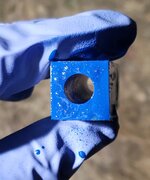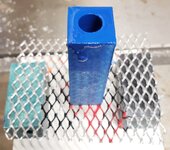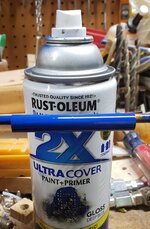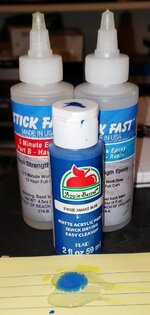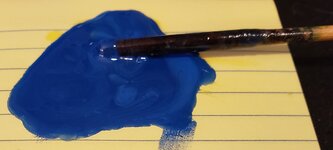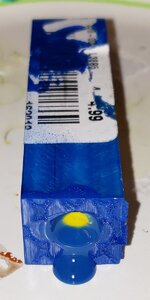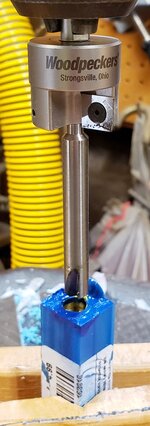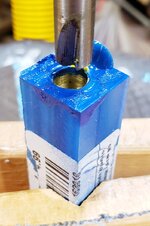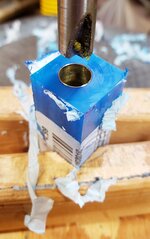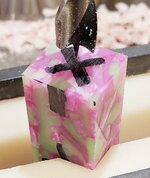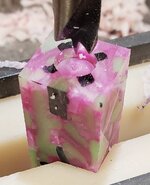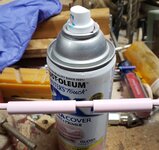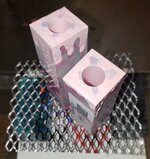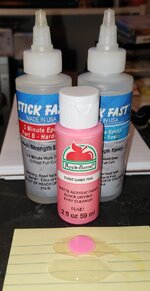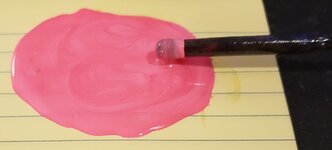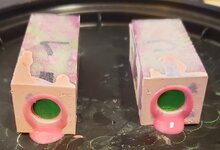Most of you know my main emphasis in pen making is towards segmenting with exotic woods. Starting to do more and more acrylics and I have some Christmas pens in progress. Now I've seen lots of posts here regarding the painting of tubes and the inside of blanks. One of the pens I started on has a quite transparent blank so I thought I better paint both the tube and inside of the blank. Did that and then the tube didn't fit anymore, so I sanded the paint off the tube and it fit okay. My first question is, why do you ever need to paint both the tube and the inside. In my mind ,painting one should be sufficient, as you can't see through even one coat of paint. I'm sure some will say to drill a bigger hole but that surely is not an exact science. My next question is in regards to gluing. There's much discussion here about the best blue to use. When you paint tubes, you are in effect gluing to the paint. The paint is actually holding things together. Any glue we use has to have better adhesion than a coat of paint. So does painting tubes weaken the glue bond?
Sent from my iPhone using Penturners.org mobile app
Sent from my iPhone using Penturners.org mobile app

